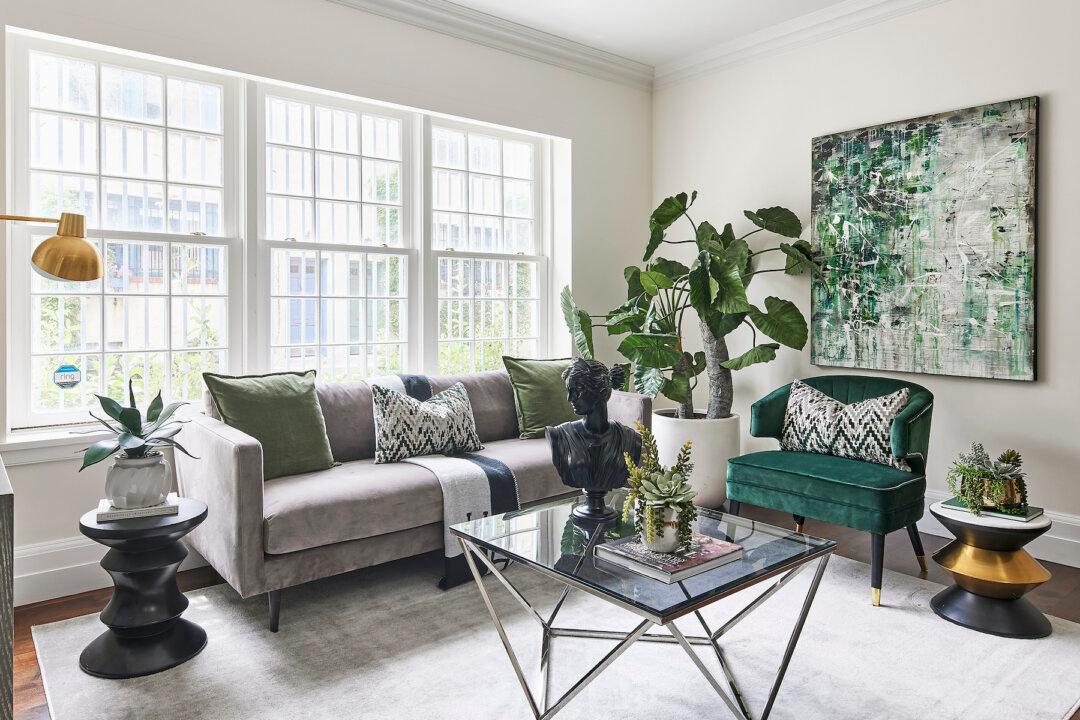By Cathy Hobbs
From Tribune News Service
A designer technique called color blocking, or color mapping, is a trick of the trade that, if used effectively, can help create a space that is colorful and cohesive without it becoming overwhelming.

A designer technique called color blocking, or color mapping, is a trick of the trade that, if used effectively, can help create a space that is colorful and cohesive without it becoming overwhelming.